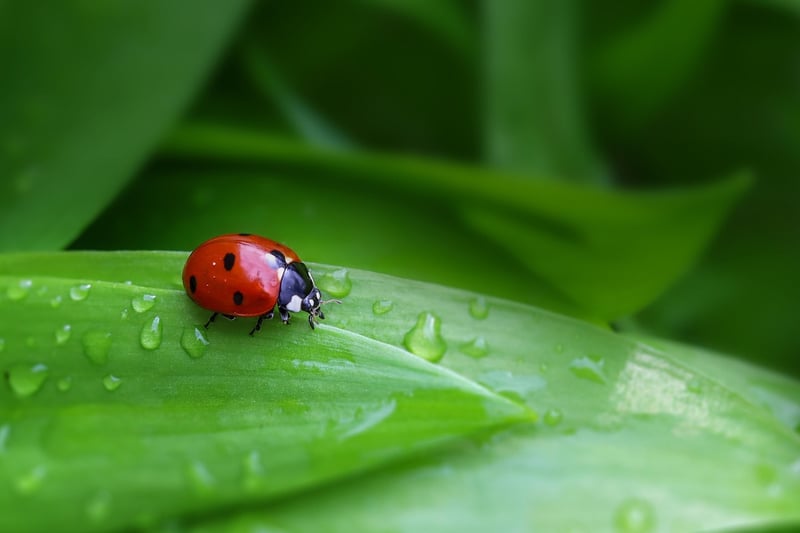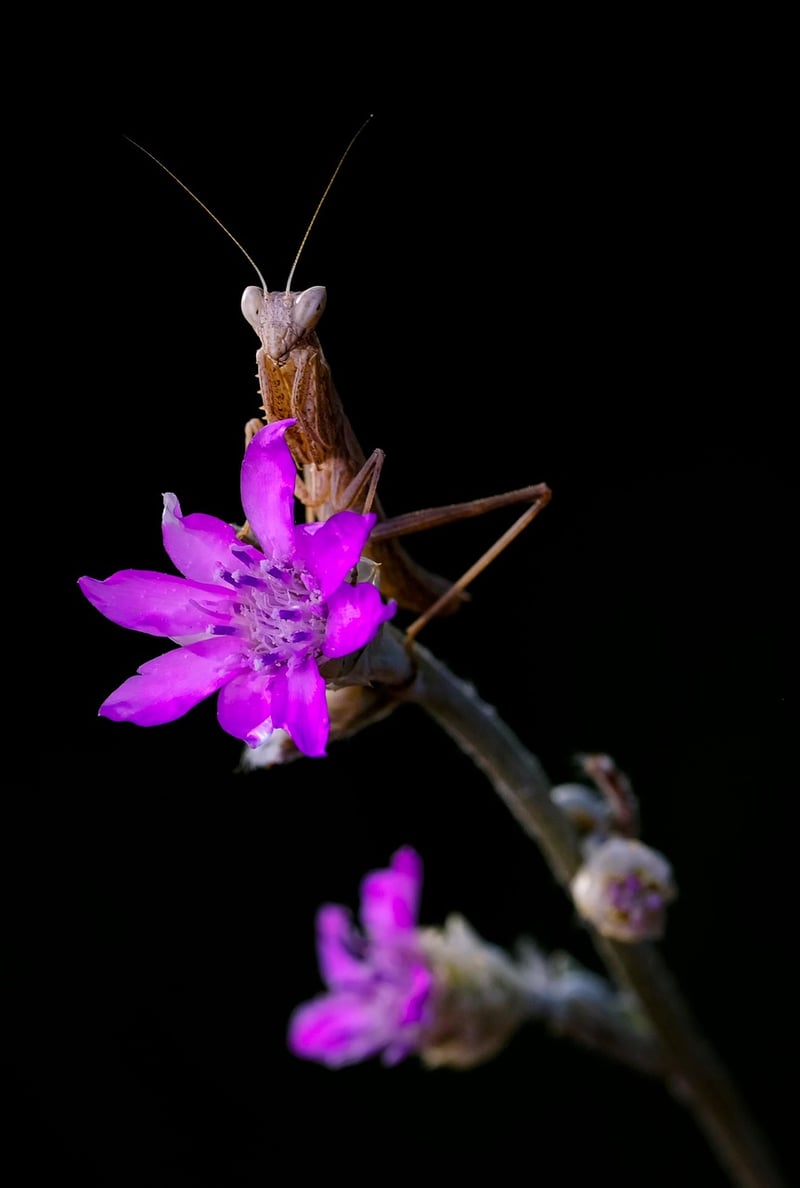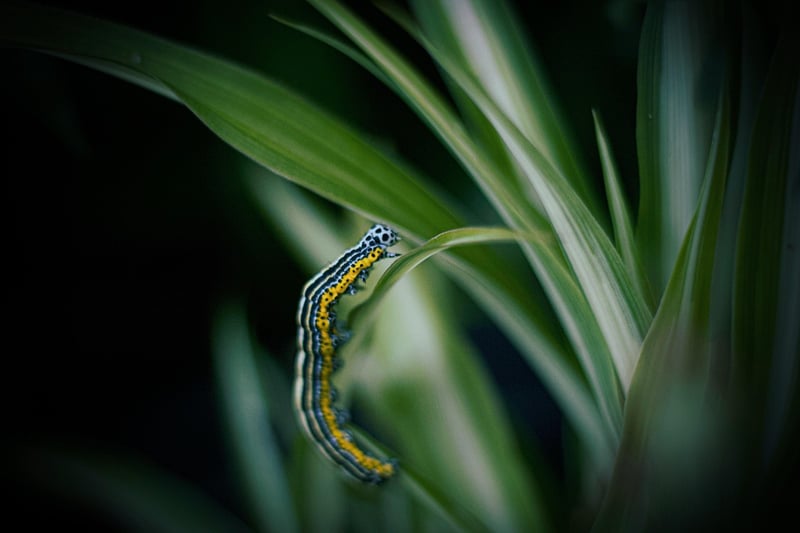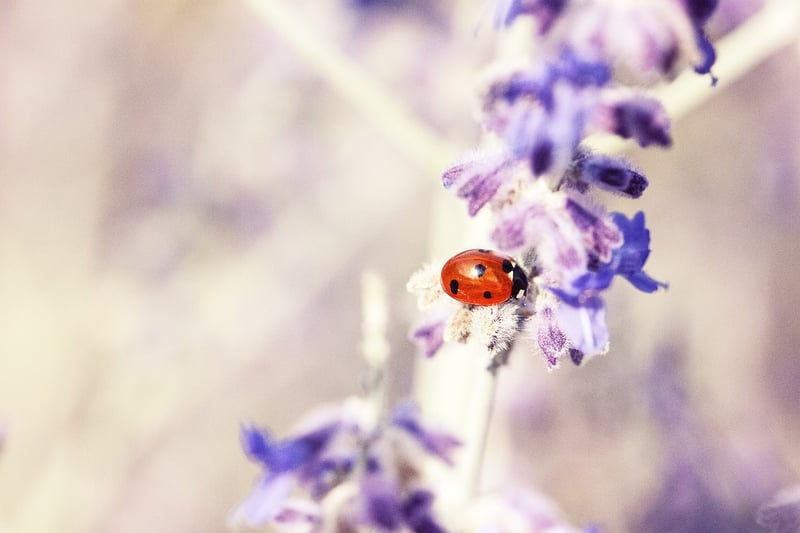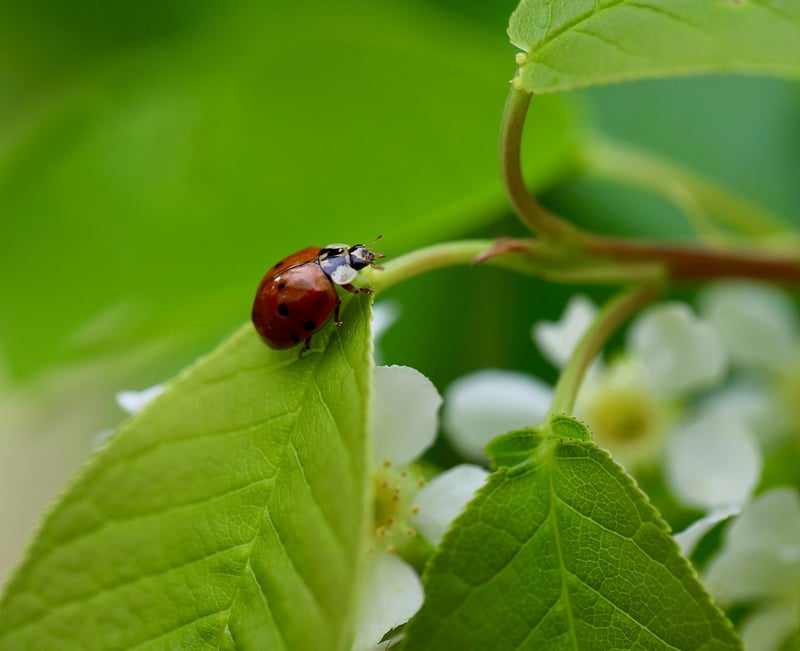Beneficial Insects
Protecting Your Plants: The Role of Beneficial Insects
As a gardener, you're likely familiar with the challenges posed by pests that can damage your plants. While chemical pesticides are commonly used to combat these nuisances, there is a more natural and sustainable solution available: beneficial insects.
What are Beneficial Insects?
Beneficial insects are organisms that prey on or parasitize plant pests, helping to keep their populations in check. By attracting these helpful bugs to your garden, you can create a natural balance that reduces the need for harmful chemicals.
Common Beneficial Insects
- Ladybugs: These iconic red beetles are voracious predators of aphids, scale insects, and mites.
- Praying Mantis: Known for their distinctive appearance, these insects feed on a variety of pests like caterpillars and beetles.
- Lacewings: Lacewing larvae consume aphids, mealybugs, and other soft-bodied insects.
- Ground Beetles: These nocturnal predators target slugs, snails, and caterpillars that emerge at night.
Attracting Beneficial Insects
Creating a welcoming environment for beneficial insects in your garden involves planting a diverse range of flowers, herbs, and other plants. Providing a water source, such as a birdbath or small pond, can also help attract these beneficial bugs.
Companion Planting
Pairing certain plants together can help naturally repel pests and attract beneficial insects. For example, planting marigolds alongside tomatoes can deter nematodes, while also attracting pollinators like bees.
Conclusion
By harnessing the power of beneficial insects, you can protect your plants in a way that is both environmentally friendly and effective. Embracing these natural predators not only reduces the need for chemical pesticides but also promotes a healthier and more balanced garden ecosystem.
